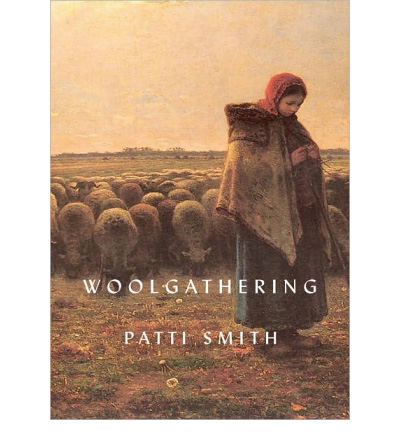
![]()
Part poetry, part memoir, part journey into the ethereal spaces between reality and fantasy, Woolgathering is Patti Smith’s story of being a child, and becoming an artist. Moving from her working-class childhood to her years of poverty and burgeoning creativity in Greenwich Village, Smith recounts her life through its curiosities and epiphanies, sentient experiences and ardent images. Rather than tell the linear tale of her life, she brings the readers into the intimate, personal moments that have shaped her as an artist. Like the child’s discovery Smith describes, Woolgathering is ‘a crazy quilt of truths– wild and wooly ones, hardly bordering on truth at all.’
Woolgathering, originally published in 1992, was recently re-published by New Directions with additional writing, photos and illustrations. Smith will be reading and signing Woolgathering at St. Mark’s Bookshop on January 3, 2012 at 7pm.


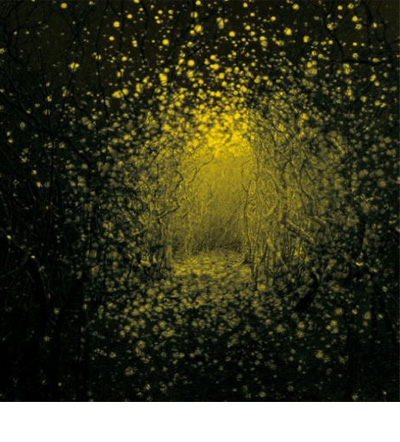
![]()
Calling a new Antlers record “mournful” is a bit misleading, if only because it implies that a listener might expect something different. On the 2008 LP that made their name, Hospice, the band made regret their M.O., turning strings of haunting chimes and vocals of hewn crystal into slow-cookers worthy of a send-off. Since then, they’ve honed their aesthetic, taking steps to make their latest, Burst Apart, a cleaner album than its forebear. Spritelier tracks like “Every Night My Teeth Are Falling Out” and “French Exit” are leavened with a newfound optimism, the flipside of Hospice-era dirges like “Atrophy” and “Thirteen.” Uptick tempos and backing drum rolls lend a funk-laden snap to the bass lines, while the singer, Peter Silbermann, croons where he warbled in the past. None of these changes quite lift the album from its dominant mood of sorrow, but they do pepper the runtime with strategic moments of levity. You get the impression that whatever Silbermann’s lost, he knows he can win it back.
![]()
Audio clip: Adobe Flash Player (version 9 or above) is required to play this audio clip. Download the latest version here. You also need to have JavaScript enabled in your browser.

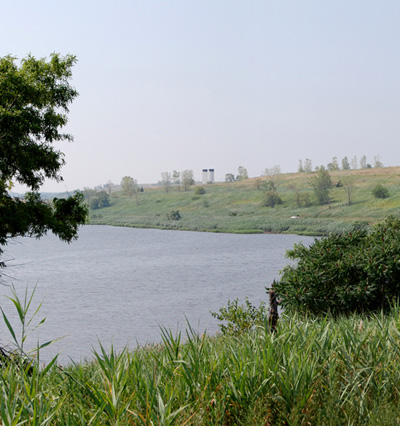


If Fresh Kills sounds like a less-than-picturesque place to visit, that may have something to do with a misreading of the Middle Dutch word “kille” as denoting something sinister, when in fact it refers innocently enough to a body of water. It’s the same negative association that once compelled PETA to suggest replacing the town of Fishkill, NY’s vaguely piscivorous name with the more peaceful-sounding Fishsave. And yet, in the case of Fresh Kills, any disagreeable images the name may conjure have been completely accurate for much of the past six decades. If you hear “Fresh Kills” and think “a pile of hollowed-out chicken carcasses newly delivered from Chinatown,” you’re pretty much spot on.
Next year, the Land Art Generator Initiative (LAGI) arrives on New York City’s Staten Island, with the goal of turning a small portion of the 2,200-acre former landfill called Fresh Kills (at one time the world’s largest) into two things it hasn’t been in recent history: aesthetically pleasing and a source of cleanliness. The site was closed to waste disposal in early 2001, although briefly reopened to receive the remains of the World Trade Center after the 9/11 attacks. Now that the New York City Department of Parks & Recreation is engaged in a 30-year project to transform the land into a park three times larger than Central Park, LAGI’s organizers plan to add their own contribution to the repurposing of the dumping grounds with a piece of public artwork that generates renewable energy.

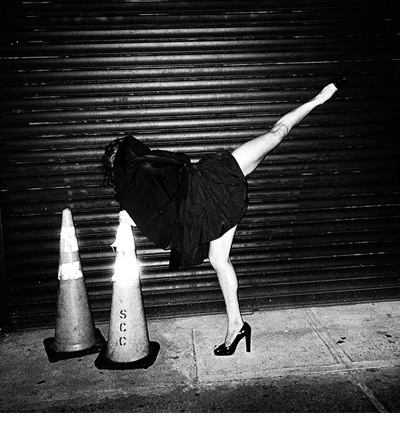
![]()
Transplant New Yorker Christopher Bush started photography through a short-lived love affair with physics and astronomy. Since then he has created a seductive body of work featuring raw imagery of some of the most exciting faces gracing the fashion today. Devoted to the process of analog photography, Christopher tells us he feels it’s a necessity for a photograph to exist physically. “Good photographs are not made in your head — not even fashion ones,” he says. Inspired by music, nighttime, and tension, his work reminds us what an exciting city New York still is.
Slideshow


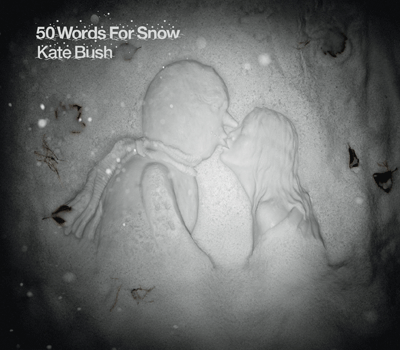

![]()
Only an artist as seminal as Kate Bush can pull off unveiling two albums in one year. After having just released Director’s Cut in May, the eclectic singer is back again with the drop of 50 Words for Snow—the second album on her Fish People label. Taking inspiration from the Eskimo language’s possession of fifty words to describe snowfall, Bush
creates a self-contained environment with enough variety to capture a library of wintry emotions, narratives, and themes. The album’s stunning acoustic instrumentation mimics the fluctuating pattern of snow: from
the delicate piano which signals its arrival (“Snowflake”), to the gales encapsulating its unpredictability and potential to either create or destroy intimacy (“Snowed In At Wheeler Street”). In a style similar to a call and response, Bush skillfully manipulates her vocals to play off the meandering piano notes—echoing or responding— in a sort of perpetual duet, proving her voice to be as compelling a personification of natural forces as any instrument.

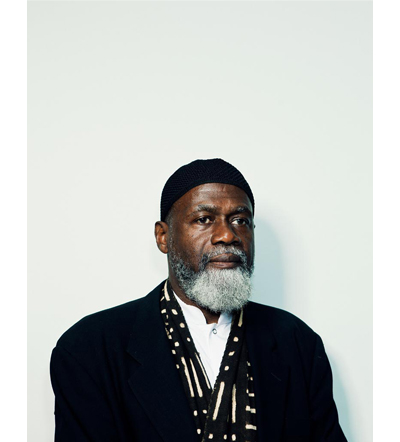
Imam Abdul by João Canziani
For photographer João Canziani, documenting Occupy Wall Street goes beyond photographing protestors. His NinetyNine Portraits, taken over the course of two days in October before Zuccotti Park was forcibly cleared by the police, is a depiction of the phenomenon of Occupy rather than the demonstration. Canziani’s camera moves fluidly between campers, the tourists who gawk at them, the cops who surround them, and the bankers who pass them twice a day. This is the real 99%, a microcosm that didn’t self-select. The portraits are vividly lit and often disarmingly candid, but they come with no identifying label or context. Whatever you guess about the subjects comes from their faces, not their slogans.
How is Ninetynine Portraits different from your previous work?
I usually don’t get very political. My personal has often been “personal.” As in something I want to learn more about myself, my family, or the places I grew up in. And I’m also a contrarian at heart, so I strive to not do what I feel everybody else is doing. But in this case I felt I had a viewpoint that was different from everybody else’s, and something that was new to me.
Slideshow

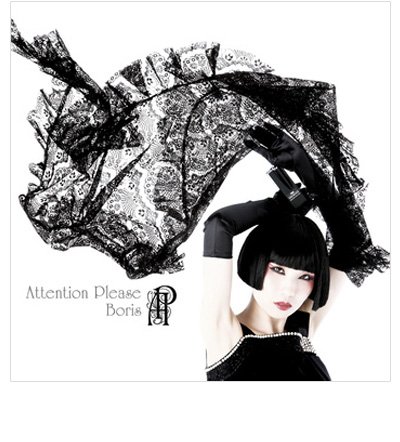
![]()
Though hard-edged rock is what Boris is known for, their latest LP, Attention Please, is anything but abrasive. After making their name with sixteen albums of party anthems and head bangers, the Japanese trio have filed their edges and sought out a gentler aesthetic. They’ve promoted their willowy guitarist, Wata, to the position of lead singer, and they’ve used her ethereal vocals to form the backdrop to meditative fuzz. They’ve softened their guitars so they ring like choral voices, giving fare like “Aileron” and “Hope” the resonance of Pink Floyd melodies. Throughout the album, the quietest moments thrum with hints of menace, as though the band, after years of aggression, have stumbled upon melancholy and fear. But their roots are still intact – on throwbacks like “Tokyo Wonderland,” they rush like impatient teenagers. It’s tempting at times to fault the album for its lack of unity, but its chaos suggests that’s the point. Nothing says you’re versatile like showcasing two warring sounds.


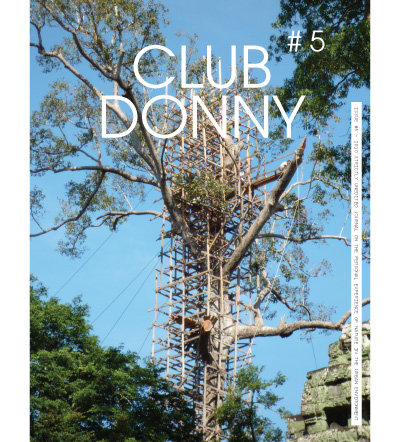
Cover of Donny 5 - Angkor, Ta Phrom temple by Susan Rüsseler
With an ever-expanding portion of the global population migrating to cities, it is urban environments that represent the known world for so many. But the realm of experience that someone comes to have in an urban space can actually share a fair amount with what others encounter in places far removed from the busy centers of human development.
That’s the idea behind an exciting new journal on the personal experience of nature among urban dwellers. Developed in 2008 by three Rotterdam-based Dutch editors, Club Donny is published biannually as a global survey of the ways in which city life intersects with the natural forces that often prove to be even more powerful than the engineering marvels of steel and concrete dominating most visions of the modern metropolis.
“We offer a platform that aims to bring into the limelight observations, coincidences, stories and encounters of the obvious and sometimes absurd existence of nature in cities,” co-founder Ernst Van der Hoeven tells PLANET.

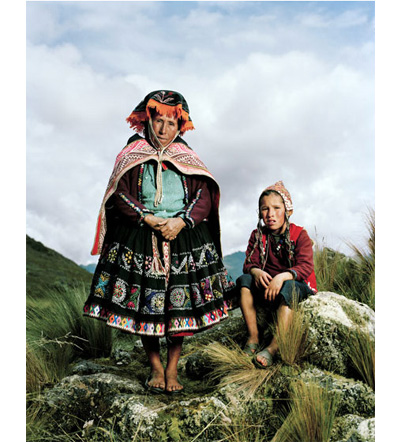
All photographs by Mathias Braschler and Monika Fischer, courtesy of Hatje Cantz. Juliana Pacco Pacco, llama herdswoman. Paru Paru, Peru.
Climate change is notoriously difficult to illustrate. Shifts in sea level, soil acidity, and air composition occur slowly and over such long periods of time that they can’t grab headlines the way more dramatic, photographable events like wars, debates and protests do. Photographers Mathias Braschler and Monika Fischer have brought the issue to the forefront by documenting men and women in rural communities around the world whose way of life has been unravelled by climate change. Their book of portraits and interviews, The Human Face of Climate Change, is a powerful political document, giving an inescapable, emotional face to the issue.
The color photographs of these men and women are vivid, but what’s more powerful is their personal testimony. Each one has made a brief, page-long statement, that’s been translated into English in simple, declarative sentences that emphasize the gravity of what they’ve seen. All have observed climate change in their own communities and in their own lifetimes, over a span of just ten or twenty years. And all of them – in the Americas, Africa, and Asia — have the same stories to tell: their bodies of water are shrinking, their shorelines are eroding, their glaciers are melting, and their soils are becoming less fertile. Some of the evidence is tragic.
Slideshow


![]() The tip tap of dripping water, the vibrations of sinuous, graceful shapes duelling with the containers of water they will scatter across the stage in the quicksilver, freestyle manner of a troop of nimble Jackson Pollocks – these are the dancers of Pina Bausch’s Tanztheater Wuppertal. Later, the dancers will, in turn, swim breast stroke through the stream emblazoned upstage, to the vital, haunting compositions of Jun Miyake.
The tip tap of dripping water, the vibrations of sinuous, graceful shapes duelling with the containers of water they will scatter across the stage in the quicksilver, freestyle manner of a troop of nimble Jackson Pollocks – these are the dancers of Pina Bausch’s Tanztheater Wuppertal. Later, the dancers will, in turn, swim breast stroke through the stream emblazoned upstage, to the vital, haunting compositions of Jun Miyake.
At the time of her death in December 2009, Bausch was set to be the subject of a documentary directed by her long time friend, filmmaker Wim Wenders. Wenders described to PLANET first encountering Bausch’s work a quarter of a century ago: It was a big day in my life. I was quite unprepared – like many people, I thought dance didn’t concern me. I’d seen some classic dance and was not touched by it, so I didn’t expect much, I tried to resist it, but my girlfriend insisted – so I caved in and was ready for a boring evening, but after about five minutes I found myself on the edge of my seat weeping uncontrollably. I realized this was big, that I’d just discovered something that was really going to change my life. It wasn’t like anything I thought dance could be – it was immediate and contagious and physical and direct – my body understood it before my brain understood it.






 Facebook
Facebook Permalink
Permalink Digg
Digg Reddit
Reddit LinkedIn
LinkedIn StumbleUpon
StumbleUpon Tumblr
Tumblr

